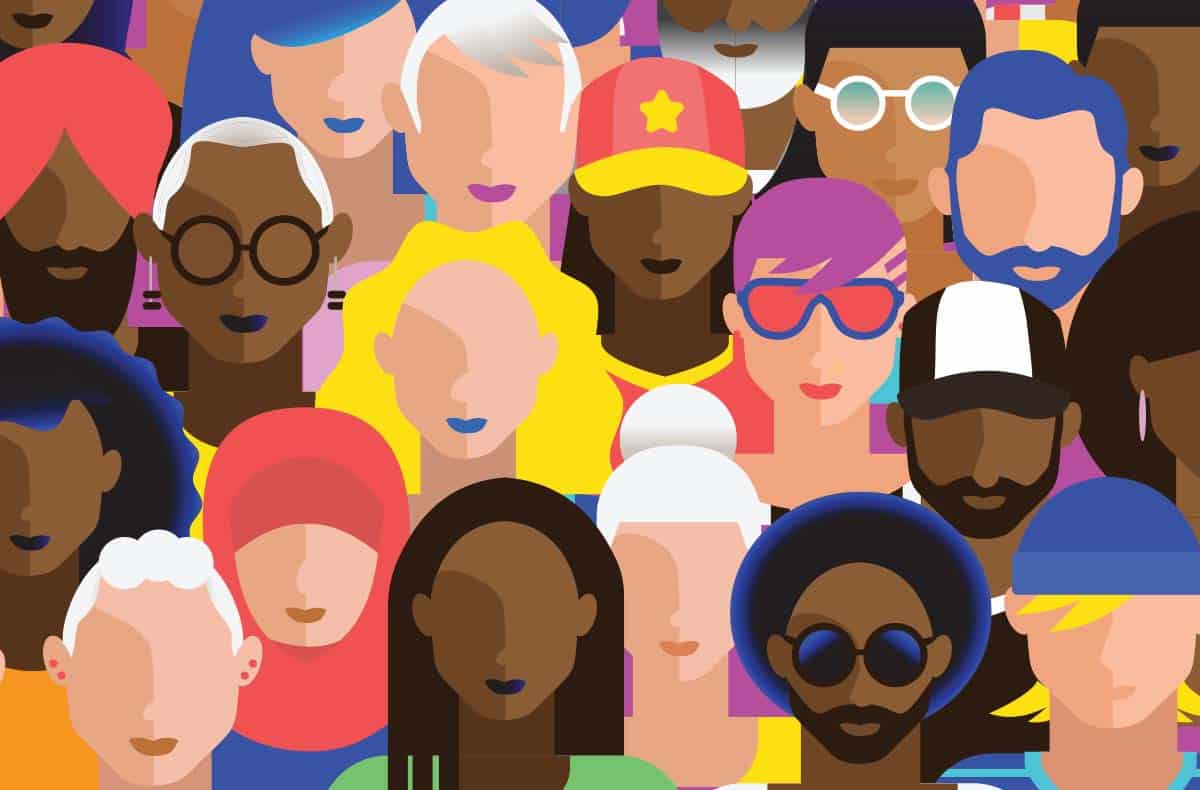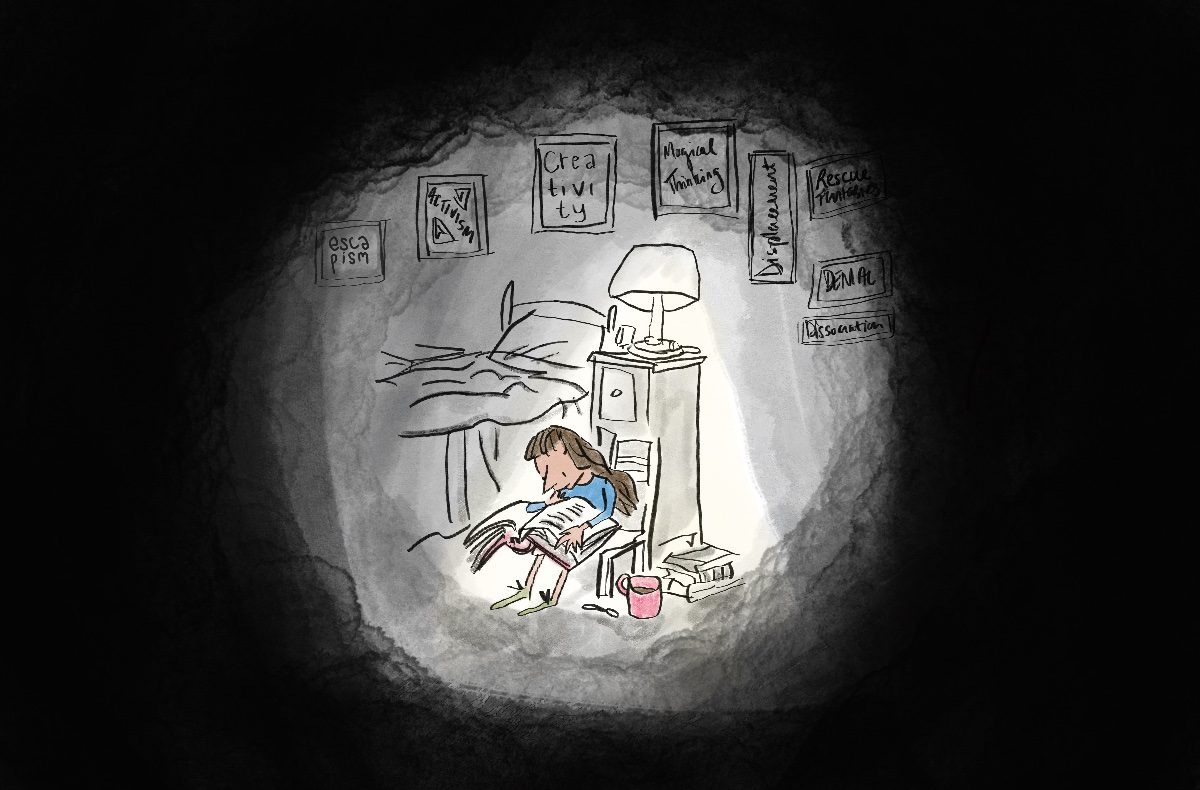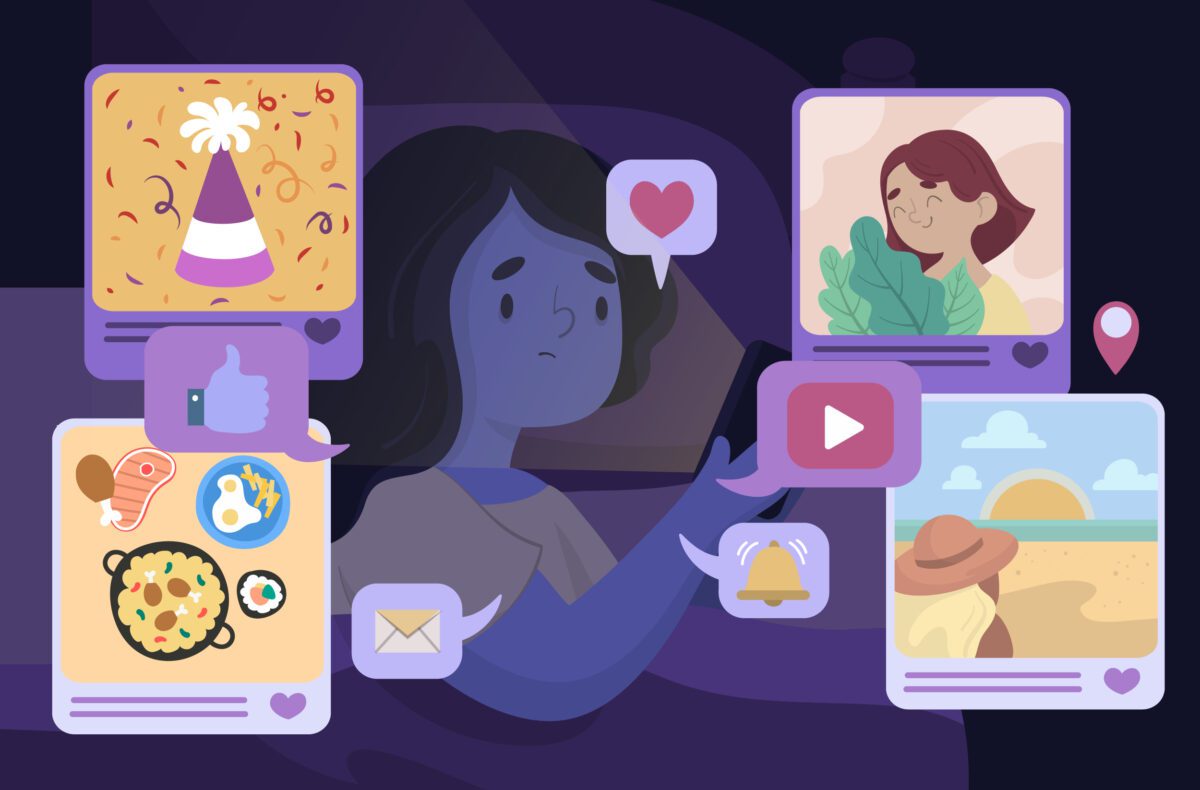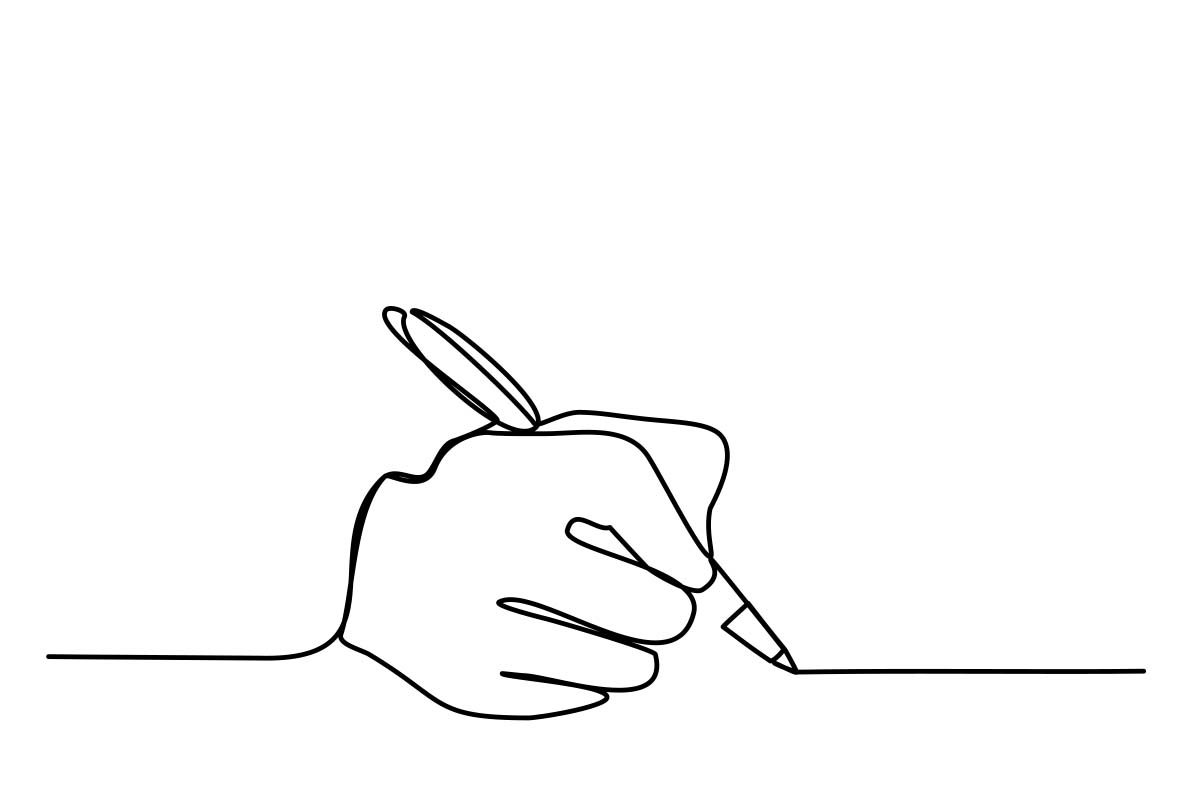
Colour-blindness is an ideological approach to race that sees treating everyone as equally as possible—without regard to race, culture, or ethnicity—as the best way to end discrimination. On the surface, it seems like sound reasoning. I, as a white person, initially saw nothing wrong with this stance. Treating people equally? Great! Focusing on what we have in common rather than judging someone based on their skin colour and cultural practices? Fantastic, right?
Well, no. The assumption behind colour-blindness is that race won’t exist if we ignore it, and by that token, that racism won’t exist. While “out of sight, out of mind” might work for individuals seeking to avoid reality, they haven’t changed the world, they’re simply ignoring it. And we can do better than that.
An analogy from child development psychology pops to mind. Object Permanence—a term coined by Jean Piaget—is the ability to understand that just because an object can’t be seen at a given moment doesn’t mean that it has ceased to exist. The majority of children will grasp object permanence at around nine months old. A similar idea applies with regards to Emotional Permanence, which is the capacity to understand that other people’s feelings do not simply disappear just because they aren’t with us or actively displaying their emotions all of the time. Why is this relevant to the racial ideology of colour-blindness? Because it shows us that it’s inaccurate to claim something doesn’t exist anymore simply because we’ve put it to the side or out of our minds. Ignoring racism actually exacerbates it rather than eliminating it.
What exactly are we ignoring when we pose as colour-blind? We’re ignoring trauma. We’re ignoring the fact that racism increases the risk of anxiety, depression, and suicidal feelings. We’re ignoring intergenerational trauma (that’s trauma passed down to the next generations), internalised racism, isolation, and a lack of safety. We’re ignoring real, unfair biases: research has shown that police in the UK are five times more likely to use force against Black people compared to white people. We’re ignoring how race affects opportunities. In the therapy world, Black people may be less able to access mental health support for both financial reasons and due to a hesitance to approach a white therapist, who may completely misunderstand their experience. An attitude of colour-blindness on the part of a therapist directly opposes the key principles inherent in good therapy: to be able to actively listen to what the client is saying verbally, non-verbally, and everything in between. To be blind to such a key aspect of a client’s self does very little to help them resolve some of the issues they may be struggling with. What all of this means is that racism very much still exists: to claim to “not see colour” is also claiming not to see inequality, trauma, historical violence, and the systemic endurance of racism.
On a deeper level, colour-blindness is a lazy defence against looking inwards at our own white privilege and internal biases, as well as looking outwards at all the ways in which society systemically benefits from discrimination. Colour-blindness is an avoidance of the conversation. It’s denial, and repression. It stems from discomfort—which is understandable—but must be worked on. BIPOC (Black, Indigenous, and people of colour) can’t just be blind to their own race, so white people, once again, would be using privilege in a discriminatory way should they exercise colour-blindness. Colour-blindness is a microaggression in itself.
So how do we do better? For starters, we don’t ignore. We don’t put up barriers to having difficult conversations. We listen, without blocking ourselves from hearing aspects of the truth we may not want to hear. We recognise both differences and similarities, and we work on ourselves to try to understand what makes us so uncomfortable, so we can get better and better at not being so uncomfortable. It might take a while, and it might be really difficult, but it needs to be done if we want to properly tackle the root causes of racism.
For those seeking to do better, we must acknowledge our privilege and use it to actively push against the injustices that persist in society today. Borrowing Ibram X. Kendi’s concept of “antiracism,” it’s not enough to be “not racist” or “neutral”—by sitting in neutrality, you are reinforcing a status quo that actively subjugates people of colour within our community. To get to a future where we can move past racial divides, we must first correct these inequities by actively addressing them, or being fully engaged in “antiracism.” That means educating yourself, engaging, and leaning in.
In the UK, it’s currently Black History Month, and it’s important to use the many resources out there to educate ourselves, rather than putting on our blinding blinkers.


